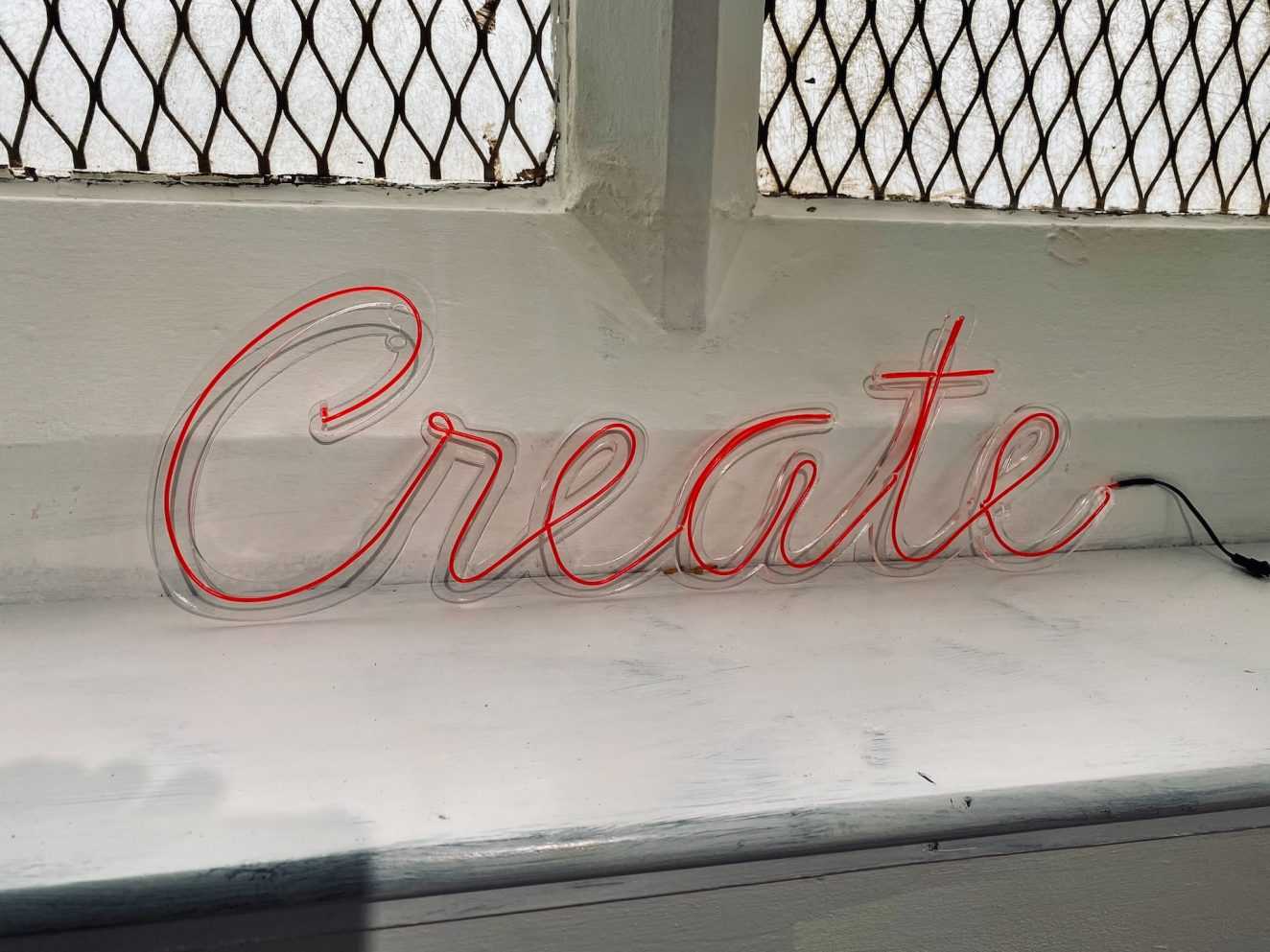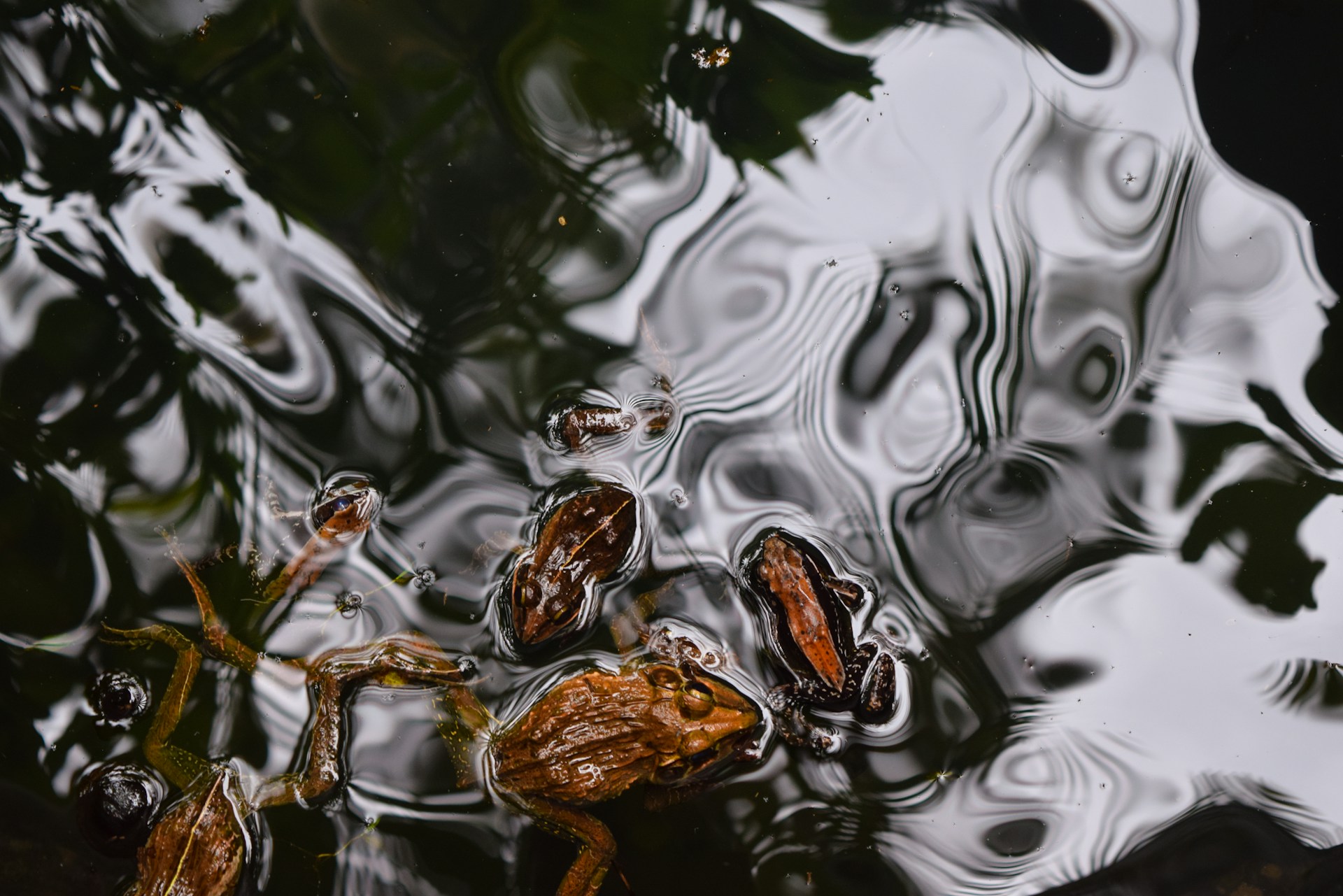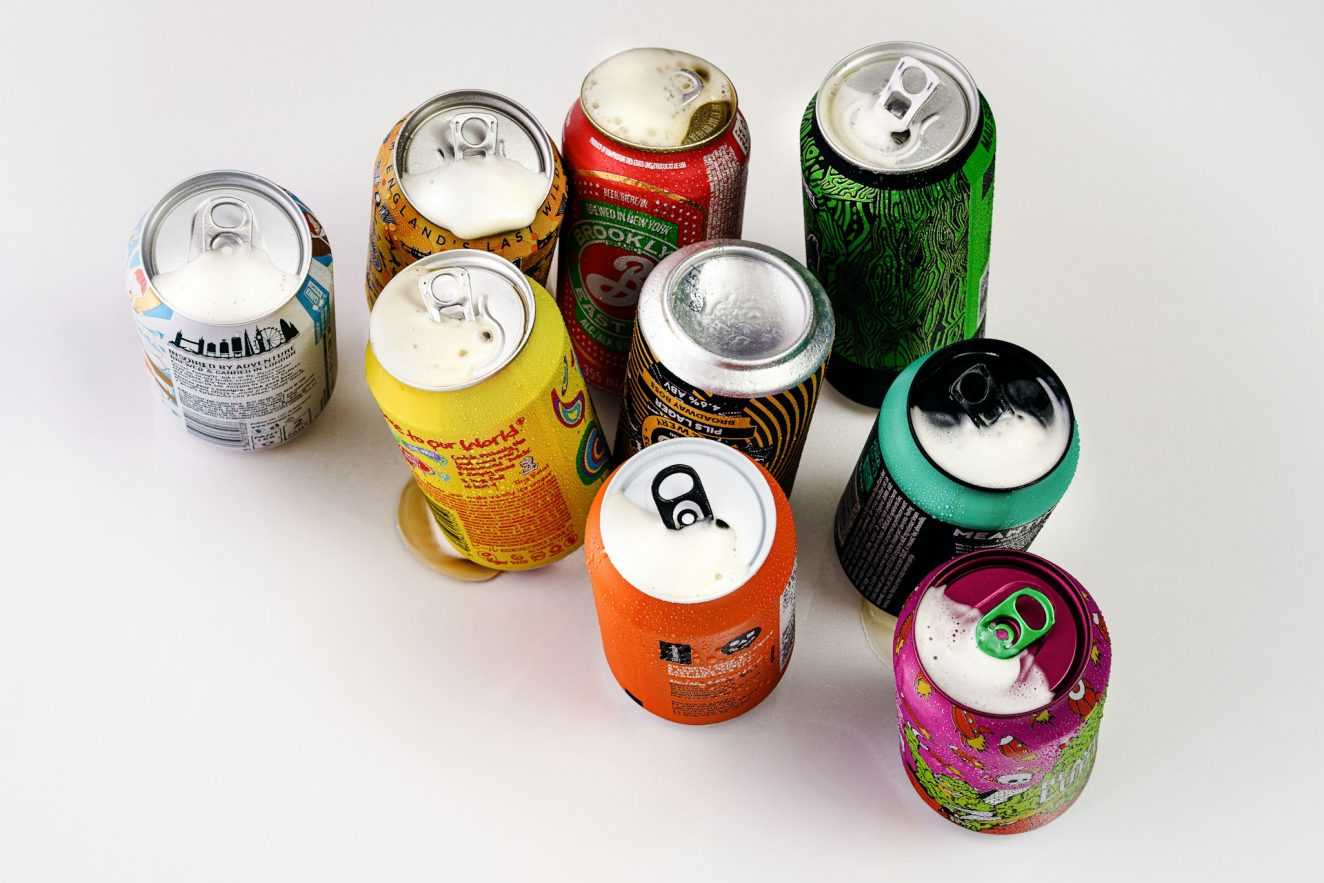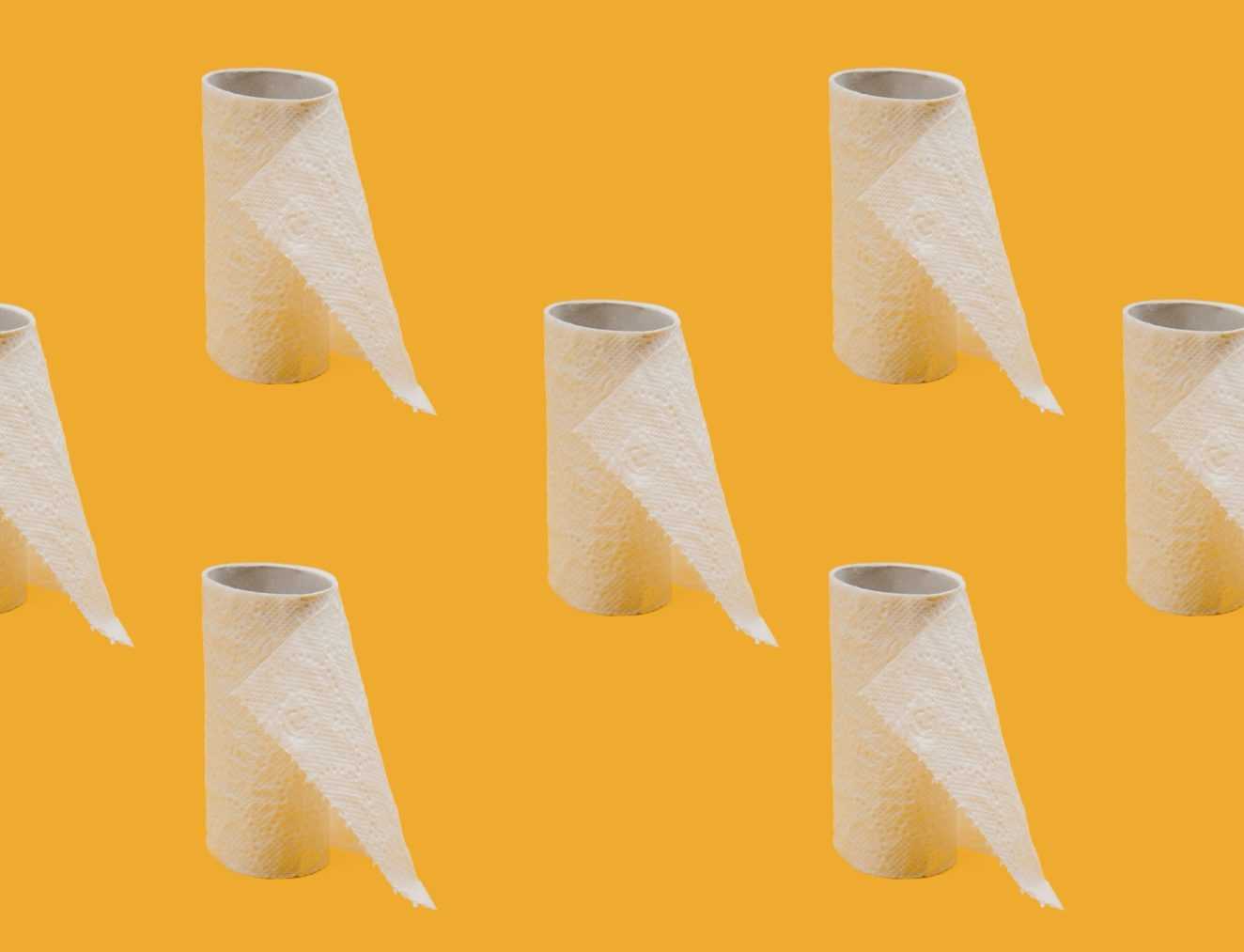The process of artistic creation has long been regarded as a mysterious alchemy, where inspiration sparks genius, and the mundane transforms into the extraordinary. However, delving into the realms of neuroscience, psychology, and creativity studies, we can unveil the scientific intricacies that underlie the creation of masterpieces. From the origins of inspiration to the mystery of gifted artists, the canvas of art creation is painted with the brushstrokes of science.
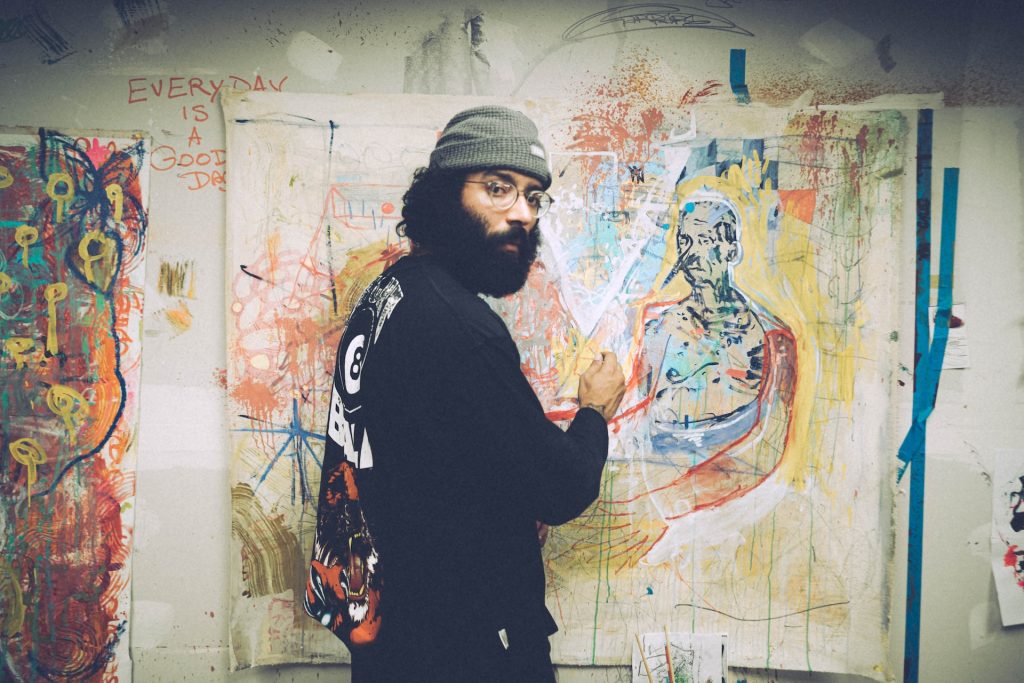
The Neurobiology of Inspiration
Inspiration, that ephemeral muse, finds its roots in the intricate dance of neurotransmitters and neural networks within the brain. Studies using neuroimaging techniques reveal that moments of creative insight are accompanied by heightened activity in the association cortices, where diverse ideas converge and give birth to novel connections. The brain, in these instances, orchestrates a symphony of neuronal firing, creating a neurological foundation for inspiration.
The Role of Emotions and Mood
Emotions, like pigments on an artist’s palette, infuse art with depth and meaning. Research suggests that specific emotional states can enhance or inhibit creativity. Positive emotions, for instance, are associated with flexible thinking and increased creativity, while melancholy may deepen contemplation and introspection. The ebb and flow of mood, therefore, become integral components in the artist’s journey of creation.
Gifted Minds
The concept of the “Mozart effect” has intrigued scientists for years, exploring whether certain individuals are born with an innate predisposition for artistic brilliance. Studies on prodigious talents in various fields, from music to mathematics, indicate a complex interplay of genetics and environmental factors. The genetic lottery may endow some with heightened perceptual abilities, making them more attuned to the nuances of artistic expression.
Creativity and the Unconscious Mind
The unconscious mind, a reservoir of untapped creativity, often surfaces in the realms of dreams and symbols. Artists frequently draw inspiration from the depths of their unconscious, tapping into archetypes and universal symbols that resonate across cultures. Scientifically, this phenomenon aligns with theories of creativity that emphasize the importance of the unconscious in generating novel ideas.

Flow State and Optimal Creativity
The concept of the “flow state” sheds light on those moments when artists become completely absorbed in their work. Neuroscience explains this state as optimal arousal, where the challenge of the task aligns harmoniously with an individual’s skill level. In the flow state, time seems to distort, and the artist experiences heightened focus, leading to a seamless fusion of skill and creativity.
The Influence of Environment
Beyond the internal landscape of the mind, the external environment plays a pivotal role in the creative process. Studies indicate that an artist’s studio, with its specific lighting, spatial layout, and even the choice of materials, can significantly impact the creative output. Scientifically curated environments can stimulate specific neural pathways, fostering an atmosphere conducive to artistic expression.
Art as a Mirror of the Mind
Neurodiversity, the idea that neurological differences are natural variations of the human brain, finds expression in the vast array of artistic styles. Conditions such as synesthesia, where senses intertwine, may contribute to unique artistic perspectives. Exploring the interface between neurodiversity and artistic creation unveils a rich tapestry of human expression, where the mind’s diversity becomes the artist’s greatest asset.

As we unravel the scientific explanations behind art creation, the mystique of the creative process transforms into a nuanced tapestry woven with threads of neurobiology, psychology, and environmental influences. The artist, whether painter, musician, or writer, becomes a conduit through which the complexities of the mind find expression on canvas, in melodies, and within the written word. In this nexus of science and art, the alchemy of creation is unveiled, demystifying the enigma while allowing the beauty of artistic expression to persist as a testament to the profound depths of the human mind.

